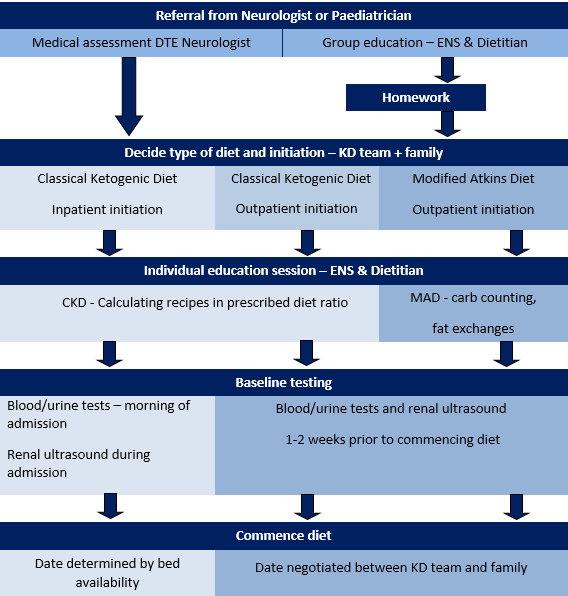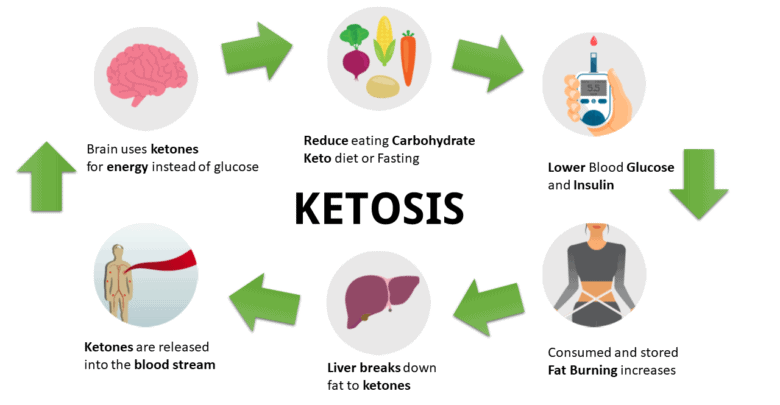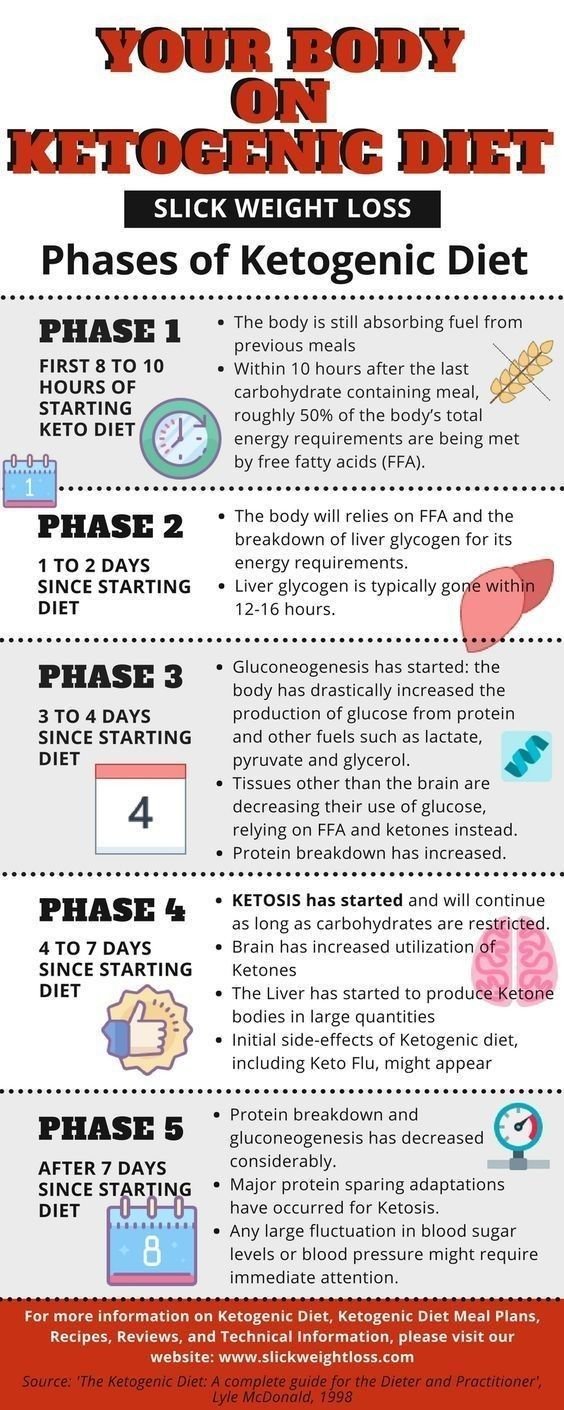The ketogenic diet involves drastically reducing carbohydrate intake and replacing it with fat to put the body into a state known as ketosis. This metabolic state enables the body to efficiently burn fat for energy.
Embarking on the ketogenic diet transforms the way your body sources its energy, shifting the focus from carbohydrates to fats. By cutting down on carbs, typically to less than 50 grams a day, and ramping up fat consumption, your body enters ketosis.
During ketosis, your body becomes highly efficient at burning fat for fuel, which can lead to weight loss and improved energy levels. This diet also influences insulin levels and can potentially assist with managing certain medical conditions. The simplicity of the concept—focusing on fats and proteins, while minimizing carbs—makes the ketogenic diet a popular choice for individuals aiming to lose weight or enhance their metabolic health.
The Fundamentals Of The Ketogenic Diet
The Ketogenic Diet requires a unique balance of macronutrients. The goal is to consume a high amount of fats, a moderate amount of proteins, and a few carbohydrates. This formula puts the body into a state called ketosis. In ketosis, the body burns fat for energy instead of sugar from carbs.
Understanding the exact ratios of macronutrients is vital. Typically, 70-80% of your daily calories come from fats. Proteins are around 20-25%, and carbs are kept to a mere 5-10%. Thesenumbers help maintain ketosis. Each person might need to tweak these to fit their body’s reaction.
Remember to focus on healthy fats and proteins. This means eating things like avocados, nuts, seeds, and lean meats. With proper guidance and planning, the Ketogenic Diet can be a powerful way to transform your health.

Credit: www.rch.org.au
Initiating The Keto Journey
Embarking on the keto journey starts with a bold first step: transform your kitchen. Clear out high-carb items and stock up with low-carb essentials.
- Replace sugary snacks with nuts and seeds.
- Swap out regular dairy for high-fat options like cheese and cream.
- Choose leafy greens and above-ground vegetables over starchy ones.
For a smooth transition, plan keto-friendly meals. Accept that early cravings are normal but temporary. Drink plenty of water and get enough electrolytes.
Dietary Staples And What To Avoid
Fats are crucial on the ketogenic diet. Focus on high-quality sources like avocados, coconut oil, butter, and olive oil.
Proteins should be well-chosen, favoring grass-fed meats, wild-caught fish and free-range eggs.
Low-carb vegetables such as kale, broccoli, and spinach will enrich your meals with vitamins and minerals.
Cheese and heavy cream can be included, but in moderation.
Nuts and seeds are good snacks; almonds, walnuts, and chia seeds are great choices.
Berries in small amounts are the sweetest option.
| Avoid These | Include These |
|---|---|
| Sugary foods like candy | Healthy fats like avocado |
| Grains like wheat and rice | Lean proteins like chicken |
| Starchy veggies like potatoes | Green veggies like spinach |
| Fruit juices and sodas | Low-carb berries |
| Processed fast foods | Nuts and seeds |

Credit: www.odysseypt.com
Navigating Challenges And Plateaus
Managing Keto Flu and Side Effects often feels tricky. Common symptoms include fatigue, headaches, and nausea. Staying hydrated is key. Drink plenty of water and consider sipping on bone broth or electrolyte drinks. Some find relief in eating more fats and fewer carbs slowly.
Reviving process of ketogenic diet After Stalling involves patience. Weight plateaus are normal. Check your calorie intake. Maybe it’s time to reduce. Exercise regularly and try intermittent fasting. Mix up your routine with new workouts. Add high-intensity interval training (HIIT) or strength training. Reviewing your macronutrient balance is crucial.
Sustaining A Keto Lifestyle Long-term
Adapting the ketogenic diet to personal lifestyles is crucial for sustainable success. The key to maintaining a keto lifestyle lies in adjusting your meal plans and recipes to meet your personal preferences and nutritional needs. Small, deliberate tweaks can lead to a more enjoyable and feasible eating pattern, ensuring you stick with it long-term.
Regularly keeping track of your progress with tools such as journals or apps is imperative. Celebrate your achievements, no matter how small, to stay motivated. It’s also beneficial to join community groups where you can share experiences and find support. Keeping the journey fun and social encourages sticking to the keto diet.

Credit: www.livofy.com
Frequently Asked Questions On What Is The Process Of The Ketogenic Diet?
What Is A Ketogenic Diet?
A ketogenic diet is a high-fat, adequate-protein, low-carbohydrate diet that forces the body to burn fats rather than carbohydrates for energy.
How Does Ketosis Work?
Ketosis is a metabolic state wherein the body uses fat for fuel instead of carbs, producing ketones as a byproduct of fat breakdown.
What Can You Eat On Keto?
On a keto diet, you can eat foods high in fats, moderate in protein, and very low in carbs, such as meats, cheese, nuts, and certain vegetables.
Is Keto Safe For Everyone?
Although effective for many, the ketogenic diet may not be safe for individuals with certain health conditions; consulting a healthcare provider is recommended.
How Long To See Keto Results?
Results can vary, but most individuals may start to see changes within the first week to a month of following a strict ketogenic diet regimen.
Conclusion
Embarking on the ketogenic journey unlocks potential for transformative health benefits. This diet’s process is meticulous yet rewarding, pivoting on high-fat intake and minimal carbs. By understanding the ketogenic framework, you pave the way for informed nutritional choices. Embrace this path, and your well-being could flourish.

